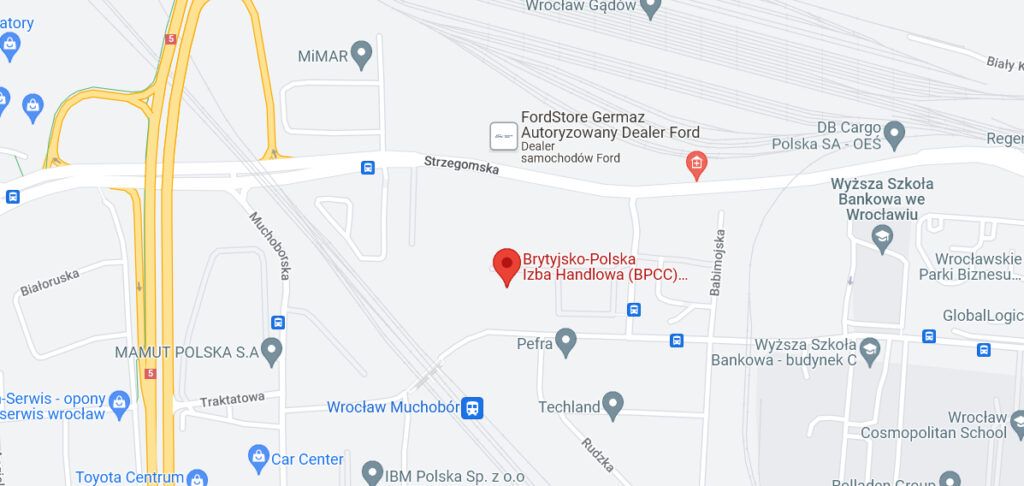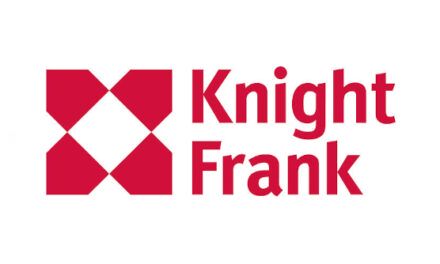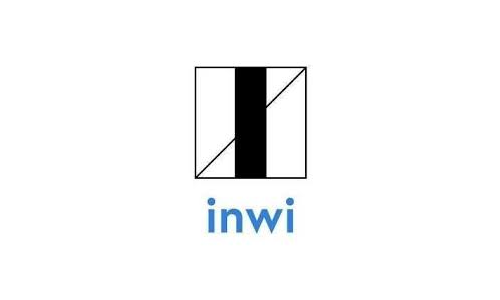
By Tomasz Chabrzyk – associate in the Energy & Utilities practice, Bird & Bird

Introduction
Initially proposed in July 2021 as a part of the EU’s Fit for 55 legislative package, the Carbon Border Adjustment Mechanism (CBAM) is an instrument that uses international trade regulations to promote environmental goals. It aims to address the issue of so-called carbon leakage – a phenomenon which occurs when industrial production is shifted from countries with ambitious climate policies to countries with less stringent regulations in this regard. This leads to loss of businesses and jobs at home, and also increases overall emissions on a global level. CBAM is intended to address this issue by imposing a financial burden on goods produced in third countries (outside of the EU’s customs territory) and imported into the EU. Its exact amount would depend on the imported goods’ embedded emissions and is supposed to reflect the cost of producing of equivalent goods in the EU under the EU Emissions Trading System (ETS).
Scope of CBAM
CBAM’s scope can be described in three different aspects – geographic, product and emissions. With respect to geographic scope, CBAM would apply to all relevant imports from outside of the customs territory of the EU, except for certain countries and territories listed in the annex to the CBAM Regulation. Countries excluded from CBAM’s scope of application are Iceland, Liechtenstein, Norway, and Switzerland, all of which are already functionally linked to the ETS. And CBAM would not apply to selected territories of the EU countries outside the customs territory (Büsingen, Heligoland, Livigno, Ceuta, Melilla). Further exceptions are possible for countries that adopt ETS or else their own emission-management cap-and-trade system is fully linked with it.
CBAM’s product scope will initially apply only to selected goods from the sectors deemed to be at the highest risk of carbon leakage. According to the Commission’s original proposal presented in July 2021, the list would include selected CN codes from the cement, electricity, fertilisers, iron and steel and aluminium sectors. Some changes to this list have since been proposed by other co-legislators. The European Parliament extended the list to include selected CN codes from the chemical (including hydrogen and ammonia) and polymer sectors.
Under CBAM, there are two methods for calculating imported goods’ embedded emissions. The original July 2021 proposal included direct emissions only, meaning that only emissions that are caused by the sources that are controlled by an operator should be accounted for. They typically include emissions from processes such as on-site fuel combustion or specific manufacturing processes. However, the European Parliament is favour of including indirect emissions as well. Indirect emission cover those which take place outside of the facility, but are clearly linked to a company’s energy consumption. Standard examples include emissions from electricity generation, steam, heat, or cooling which a company purchases for its needs.
CBAM Certificates
CBAM Certificates are electronic certificates that represent one tonne of embedded emissions in imported goods. Unlike EUAs, they are not limited in number (there is no predetermined cap on overall emissions covered by CBAM) and they can only be purchased from the relevant authority (there is no secondary market for them). Each certificate will be identified by a unique unit identification number. Their price will be calculated as the average price of the closing prices of EU ETS allowances on the common auction platform for each calendar week.
CBAM Certificates will be surrendered on an annual basis. Importers will have to submit their CBAM Declarations by 31 May each year, the deadline for surrendering the CBAM Certificates. For this purpose, importers will need to ensure that they hold a sufficient number of Certificates on their accounts.
Transitional phase
It is proposed that CBAM is to be phased in gradually, starting with a transitional period. During this period, there would be no obligation to buy and surrender CBAM certificates. Instead, importers will be required to submit quarterly reports on imported goods carbon footprint. The collected data would include the overall quantity of relevant imported goods and their embedded emissions – including both direct and indirect ones. It is also envisaged that during the transitional phase, the EU will have an opportunity to fine-tune the whole system around CBAM.
Contentious issues
From the outset, CBAM has generated much controversy. Firstly, the European institutions engaged in the legislative process hold different views on a number of design options. Secondly, its exact impact on both international trade (including international treaties and WTO rules) and other internal EU regulations (most notably the ETS) is still being debated.
Internally, the EU needs to agree on a number of outstanding issues. It seems that the most important one is CBAM’s impact on the ETS. Since currently it is the free allocation of allowances under ETS that is supposed to address the issue of the carbon leakage, the introduction of CBAM would put an end to allocation of free allowances for the EU’s industry, as co-existence of both instruments seems to be incompatible with the relevant rules of international law. It is generally agreed that free allocation needs to be phased out gradually as CBAM is phased in, but the exact deadlines are yet to be agreed.
From the international perspective, the main problem is CBAM’s compatibility with WTO rules. Some commentators, especially those from the countries that would be most affected by CBAM, have even called it an instrument of ‘green protectionism’. Also, support for the least-developed countries is being discussed, as CBAM is expected to impact them the most.
Status of the legislative process
The Commission’s original proposal was presented in July 2021, and it has since been referred to the European Parliament and the Council of the EU. The proposal is subject to the ordinary legislative procedure.
Within the Parliament, the proposal has been handled mainly by the ENVI Committee with Mohammed Chahim (Socialists & Democrats) as the rapporteur. The Parliament adopted its position on 22 June 2022 during a plenary vote.
Some key developments around CBAM within the Council of the EU took place during the French Presidency in the first half of 2022. The Council first adopted the general approach on 15 March 2022, and then introduced some additions on 29 June 2022.
Trilogue negotiations are at the time of writing (as of November 2022) still ongoing. This leads some commentators to question whether the proposed start of the transitional period (1 January 2023) needs to be postponed.



























